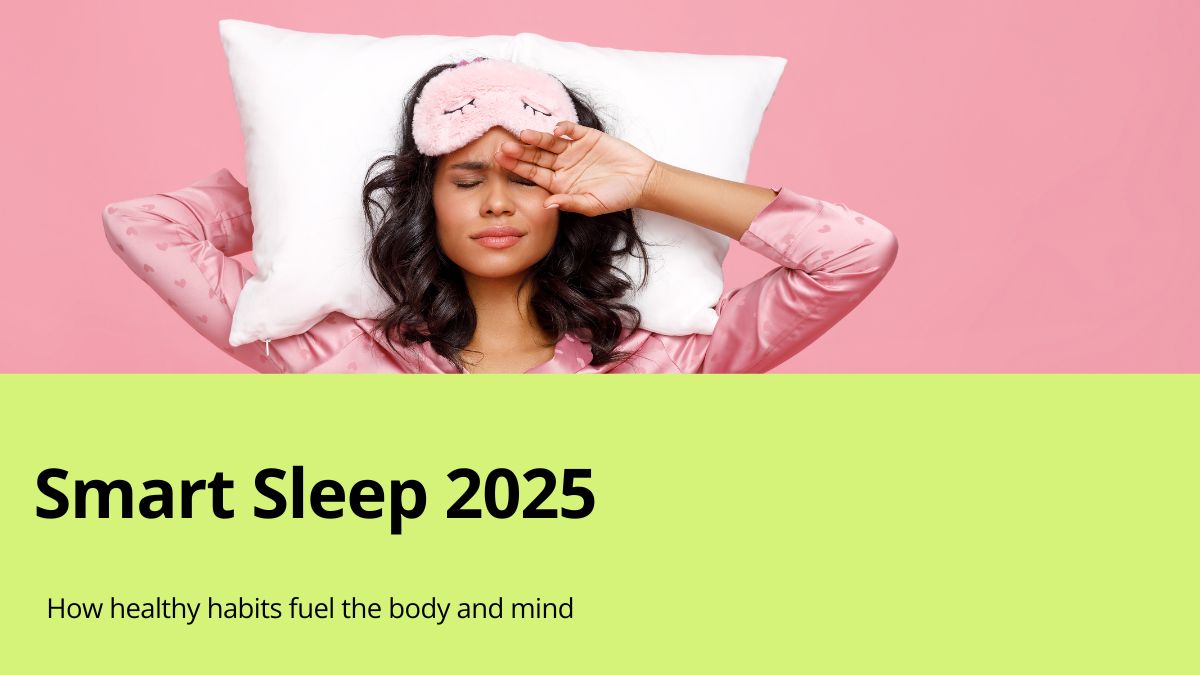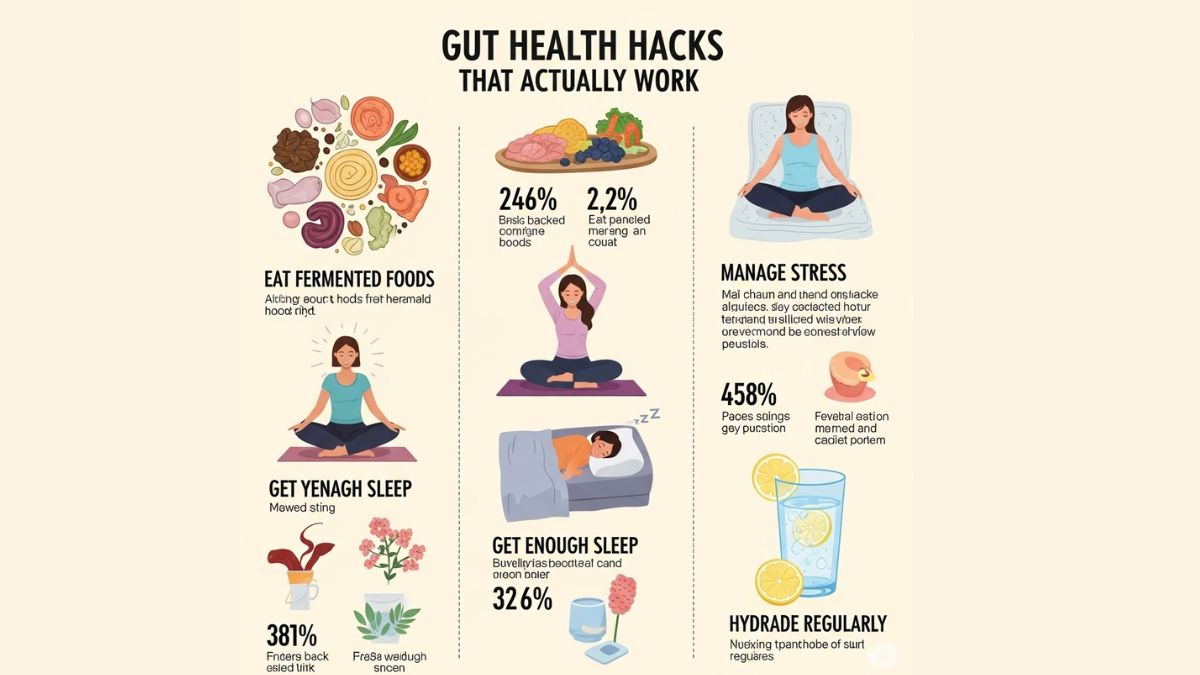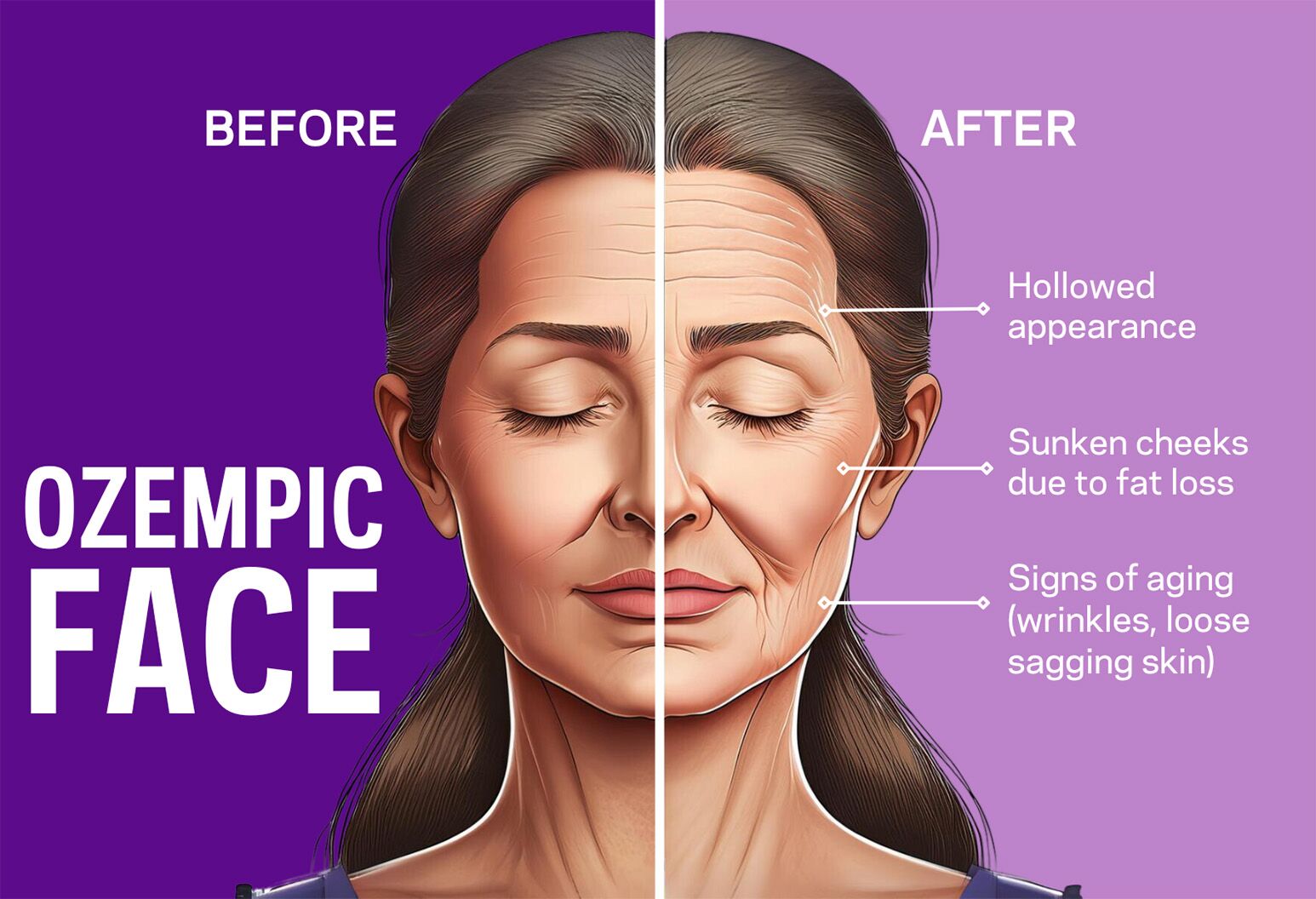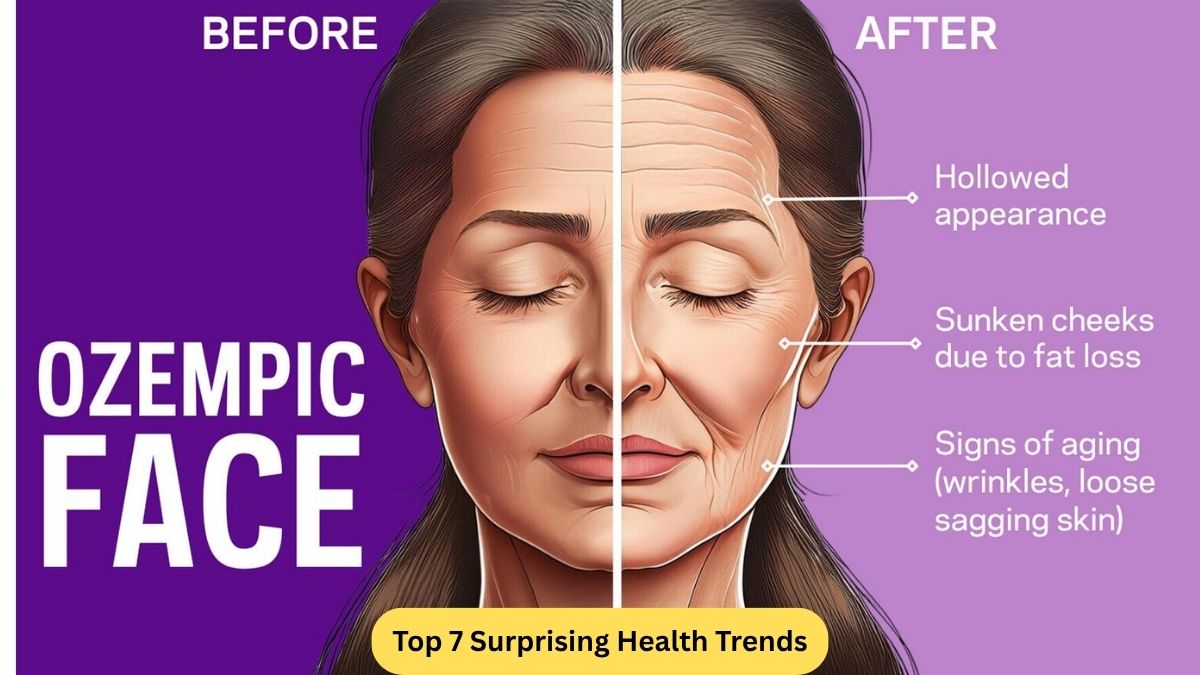Smart Sleep: The Next Frontier in Wellness (2025 Edition)
Introduction
In 2025, smart sleep technology has leapt from novelty to necessity. As the world wakes up to the profound impact of sleep on overall wellbeing, tracking our nightly rest is becoming as routine as tracking our steps or calorie intake. From high‑end wearables to AI‑driven coaching apps and natural supplement blends, smart sleep is revolutionizing the way we understand and improve rest—grounded in science and tailored to the individual.
In this comprehensive guide, you’ll learn what’s new in smart sleep this year, why these tools work, and how to integrate them into your wellness routine.
1. What’s New in Smart Sleep Technology
1.1 Wearables: Beyond the Basics
Wearables are no longer limited to tracking time asleep. The leading devices in 2025 include:
- Oura Ring Generation 4: This slim ring monitors sleep stages (light, deep, REM), heart rate variability (HRV), breathing rate, and skin temperature—capturing trends and alerting users to anomalies.
- Apple Watch Series 10: With watchOS 15 and beyond, it provides all the above plus advanced detection of nocturnal arrhythmias and personalized insights.
- Fitbit Luxe 2 & Fitbit Sense 3: These devices now support Sleep Profile trends and Sleep Score improvements customized by age and gender.
These wearables form the backbone of modern sleep tracking—accurate, lightweight, and increasingly independent of manual inputs.
1.2 AI‑Powered Sleep Coaching
Data is powerful, but personalized guidance turns insight into change. Enter AI coaching apps:
- SleepAI Coach: Analyzes weeks of wearable and smartphone data to craft daily routines—adjusting bedtime by minutes, recommending breathing routines, and suggesting personalized wind‑down exercises.
- SomniCare: Uses conversational AI to identify barriers like caffeine, screen time, or stress, then offers tailored behavioral nudges.
- nAura: Detects sleep irregularities and integrates with smart home devices (lights, thermostats) to optimize temperature and ambient conditions.
These tools turn raw metrics into actionable plans—reinforcing healthy habits with reminders, challenges, and data‑driven adjustments.
1.3 Natural Sleep Supplements & Therapies
Scientific interest in natural sleep aids continues to grow:
- Magnesium bisglycinate has gained popularity for its calming effects on the nervous system.
- Time‑released melatonin blends are now formulated to mimic natural secretion curves, reducing morning grogginess.
- Herbal formulations combining valerian, passionflower, and chamomile offer holistic alternatives.
- Blue‑light blocking glasses with smart filters now include sensors that auto‑activate during evening screen use.
Clinical trials in 2024‑25 have shown modest boosts in sleep onset and quality using these natural aids, especially when integrated into a broader sleep hygiene plan.
2. Why Smart Sleep Tools Matter
2.1 Understand Your Unique Sleep Needs
Sleep is not one‑size‑fits‑all. Genetic differences in circadian rhythm, metabolic patterns, and stress response mean we all require varying durations and qualities of rest. By collecting personalized data and profiling trends, smart sleep tools help you understand:
- Your ideal bedtime and wake window
- When you reach deep vs. REM sleep
- How lifestyle factors like caffeine, stress, or exercise impact sleep
- If you suffer from fragmented or shallow sleep
In essence, they serve as a personal sleep lab, right on your wrist—or finger.
2.2 Detect Sleep Disorders Early
Many sleep disorders go unnoticed until serious symptoms appear. Smart tools offer earlier detection:
- Sleep apnea indicators: Mild drops in blood‑oxygen saturation, interrupted breathing, and increased heart rate variability can raise red flags.
- Insomnia patterns: Chronic sleep latency or frequent awakenings are logged automatically.
- Restless Leg Syndrome (RLS): Frequent micro‑movements or tossing during the night may indicate an underlying issue.
While not a replacement for professional diagnosis, early alerts encourage timely medical evaluation.
2.3 Boost Energy, Mood & Cognitive Function
Improved sleep brings compounding benefits:
- Energy: Deep and REM sleep stages are crucial for physical restoration—proper balance leads to reduced fatigue.
- Mood: Restorative sleep lowers cortisol and bolsters emotional resilience.
- Cognitive clarity: Quality sleep enhances memory, focus, and creativity—fueling daily performance.
Integrating smart sleep can lead to tangible improvements: individuals using advanced trackers reported 15–20% better energy and mood in recent studies.
3. How to Choose the Right Smart Sleep Toolkit
3.1 Step 1: Pick Your Wearable
Consider:
- Form: Rings (Oura) offer sleek, 24/7 wear; watches (Apple, Fitbit) provide multifunction capability; bands are often the most cost‑effective.
- Accuracy: Oura and Apple Watch continue to lead in tracking reliability.
- Ecosystem: Integration with your smartphone, smart home, or health records may sway your choice.
3.2 Step 2: Add an AI Coaching App
Pair your wearable with a coaching tool that syncs with your device. Evaluate:
- Does it set personalized routines?
- Does it offer reminders and motivation?
- Does it adapt based on progress?
Top contenders include SleepAI Coach and SomniCare—both showing promise in clinical pilot programs.
3.3 Step 3: Support with Supplements or Lifestyle Therapies
Introduce natural sleep aids cautiously. A curated approach might look like:
- Begin with lifestyle changes—blue‑light blockers, consistent bedtime, relaxation exercises.
- Try low‑dose magnesium (200–300 mg) 60 minutes before bed.
- Consider timed-release melatonin (0.5–1 mg) as needed.
- Monitor your progress via your wearable and adjust accordingly.
Always consult a healthcare provider before starting supplements, especially if you take medications or have pre‑existing conditions.
4. Success Stories & Practical Advice
4.1 Real‑life Cases
- Tech Executive, 38: Improved sleep efficiency from 78% to 89% in 8 weeks using Oura + AI coaching + evening magnesium blend.
- Graduate Student, 25: Moved bedtime earlier by 45 minutes and reduced night-time awakenings by 50% after AI‑guided routine adjustments.
- Retiree, 62: Identified mild sleep apnea using wearable alerts—leading to a successful CPAP referral.
4.2 Tips for Maximizing Results
- Stay Consistent—Wear your tracker nightly for at least 14 days before expecting useful patterns.
- Be Evidence‑Based—Apply one change at a time (e.g., supplement, bedtime shift) and watch for effects.
- Use Smart Home Integration—Let your tracker communicate with lights and thermostats.
- Log Personal Factors—Stress, diet, and exercise are powerful modifiers of sleep quality.
5. The Future of Smart Sleep
5.1 Non‑Contact Monitoring
Devices like Withings Sleep Analyzer Pro now placed under the mattress track sleep stages and heart metrics—ideal for those unwilling to wear gadgets.
5.2 Personalized Bio‑feedback
Emerging systems tune audio‑visual stimuli in real time—aiming to shepherd users into deep or REM sleep based on their physiological rhythms.
5.3 Clinical Integration
Leading research hospitals are piloting integration of consumer data into tele‑sleepcare platforms—enabling remote patient monitoring and tailored interventions.
Conclusion
Smart sleep tools in 2025 are powerful allies in the pursuit of rest. From advanced wearables and adaptive AI coaches to natural supplement regimens and support systems, they offer unprecedented insight and improvement. The goal? A future where your sleep isn’t just measured—it’s optimized.
Your best sleep is personal—your duration, your stages, your routine. Smart sleep empowers you to understand and enhance your nights, and by extension, your days. Whether you’re a busy professional, an athlete, a creative, or someone struggling with sleep, the tools are here to guide you—one deep breath, one cycle, one restful night at a time.













